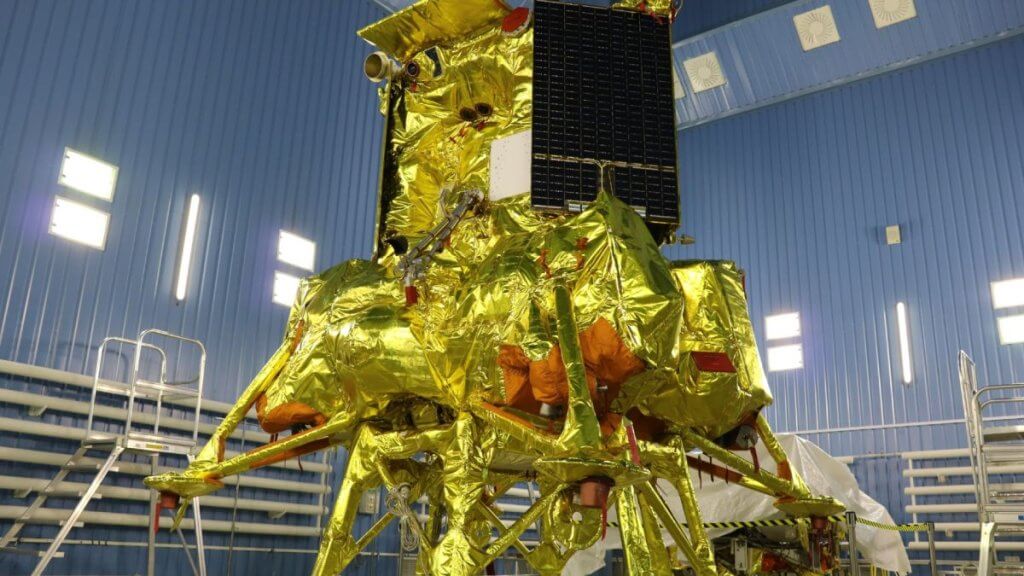Russia’s long-awaited and delayed robotic re-introduction to moon exploration, Luna-25, is at its launch site!
On July 10, the Luna-25 spacecraft was sent to the Vostochny Cosmodrome in the country’s far east and delivered to its takeoff location for a scheduled sendoff this August. In a statement from Russian aerospace company NPO Lavochkina, builder of the moon lander and part of the Roscosmos State Corporation, “work has been completed on the creation of the Luna-25 spacecraft.”
“It is planned that the device will be the first in the world to carry out a soft landing on the surface of the moon in the south pole region and conduct contact studies of the lunar soil for the presence of ice at the landing site,” the statement adds.
Russian state news agency TASS reports the mission will launch on August 11.
Related: Not just Artemis: China and Russia plan to put boots on the moon, too
Difficult terrain
Luna-25 makes use of “a completely Russian element base and the latest achievements in the field of space instrumentation.”
Lavochkin adds that the main task of the mission “is to develop the basic technologies for a soft landing in the circumpolar region and conduct contact studies of the south pole of the moon.”
Contrasted to earlier Soviet Union lunar explorers, the Luna-25 spacecraft — in terms of landing — is fundamentally different from its predecessors. “Soviet lunar stations carried out lunar landings in the equatorial zone, the new station will for the first time provide a soft landing in the circumpolar region with difficult terrain.”
Landing location
Luna-25 is intended to become the first domestic apparatus in modern Russia to head for the moon. The probe is targeted for a region of the south pole of the moon, touching down near the Boguslavsky crater. A “reserve area” is southwest of the Manzini crater.
Luna-25 is to study the upper surface layer in the region of the south pole of the moon, the lunar exosphere and develop landing and soil sampling technologies.
The declared active life of the probe on the surface of the moon is at least one Earth year.
This Russian moon mission continues the series of the former Soviet Union’s lunar exploration activities that ended back in 1976 when Luna-24 successfully delivered about 170 grams of lunar soil to Earth.
Earlier, prior to Russia’s intrusion into the Ukraine, the European Space Agency (ESA) was to provide the European Pilot-D camera built specifically for precisely landing Luna-25 on the moon. Due to the conflict, ESA canceled the camera cooperation, among a number of other collaborative space projects.

